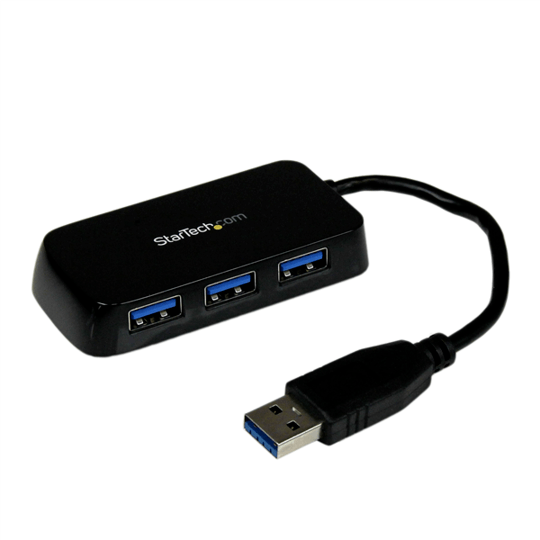TLDR: maybe, but you probably shouldn't.
I tested this out, not terrifically scientifically. I used my phone - a moto G (the original model X1033) and an app called ampere as my measurement device. I used a second phone (an old HTC one V) as a second 'load'. I only measured one device, with the HTC one V just to see what happens. I've put what the reading on ampere was once the current reading had mostly stabilised.
My USB 1.1 hub was generic, and I tested with a xiaomi charger (Rated to 1A 5V) and powerbank (Rated to 1A and 16000mAH at 3.75V and 10800 at 5V), and the "charging" socket from a Thinkpad x220. I used a powered usb hub from a Roccat Apuri since it was on my desk (Well all of these were!).
As a baseline, a 500mA 5V charger that came with my moto H output up to 490mA according to ampere.
I used the cable from the powerbank for the moto G and another cable for the second device - both are known good, and tend to be reliable cables for charging from both on device USB ports.
There's no 2 device with hub reading for the battery bank - it refused to charge the phone till I unplugged everything when I tried that.
+==========================+========+==============+===============================+
| Source | Moto G | Moto G + Hub | Moto G + Hub (with HTC One V) |
+==========================+========+==============+===============================+
| 16000mAH Xiomi Powerpack | 1000mA | 520Ma | ERR |
+--------------------------+--------+--------------+-------------------------------+
| 1A Xiaomi charger | 980mA | 380mA | 360mA |
+--------------------------+--------+--------------+-------------------------------+
| x220 charging port | 360mA | 330 mA | 220mA |
+--------------------------+--------+--------------+-------------------------------+
The powered USB tests didn't involve the unpowered USB, since... I kinda wasn't bothered. I'd expect to behave like the laptop did.
+==========================+========+====================+
| Source | Moto G | Moto G + HTC One V |
+==========================+========+====================+
| Powered USB | 360Ma | 360Ma |
+--------------------------+--------+--------------------+
The powered hub was at 360Ma, but since it's a powered hub, the second device has no effect on the Moto G's rate of charging. For multiple devices this is the most consistent, but this doesn't use the USB 1.1 hub at all!
In short? Not a great idea. At a pinch? Plausible, but wierd stuff could happen.
Practically? You're better off buying a decent powered hub than using a unpowered hub with a wall plug - Its about as complex as the setup you envision, probably easier to set up in a sane manner (USB hubs have SHORT cables), and I'm getting a consistent 360Ma (as with the x220) regardless of what I have plugged in.

what was the result of trying it? – Skaperen – 2015-03-28T09:20:03.017
Just make sure the wall charger you connect it to is a quality one - genuine Belkin or Apple will be good. Just don't use no-name chinese crap, they are dangerous (and that applies to all of them, not just counterfeit Apple chargers).
– None – 2015-03-28T13:25:04.8833Its probably USB 1.1, not 1.0 - 1.0 is VERY uncommon apparently – Journeyman Geek – 2015-03-28T13:27:19.943
1@JourneymanGeek You are surely right about that. I've updated the post. :-) – user1049697 – 2015-03-28T14:21:34.090
1Best household items I've used are: a Smart TV and an Xbox One. My Smart TV seems to charge about 80% as fast as a direct-to-wall connection. – Dom – 2015-03-28T14:46:21.273